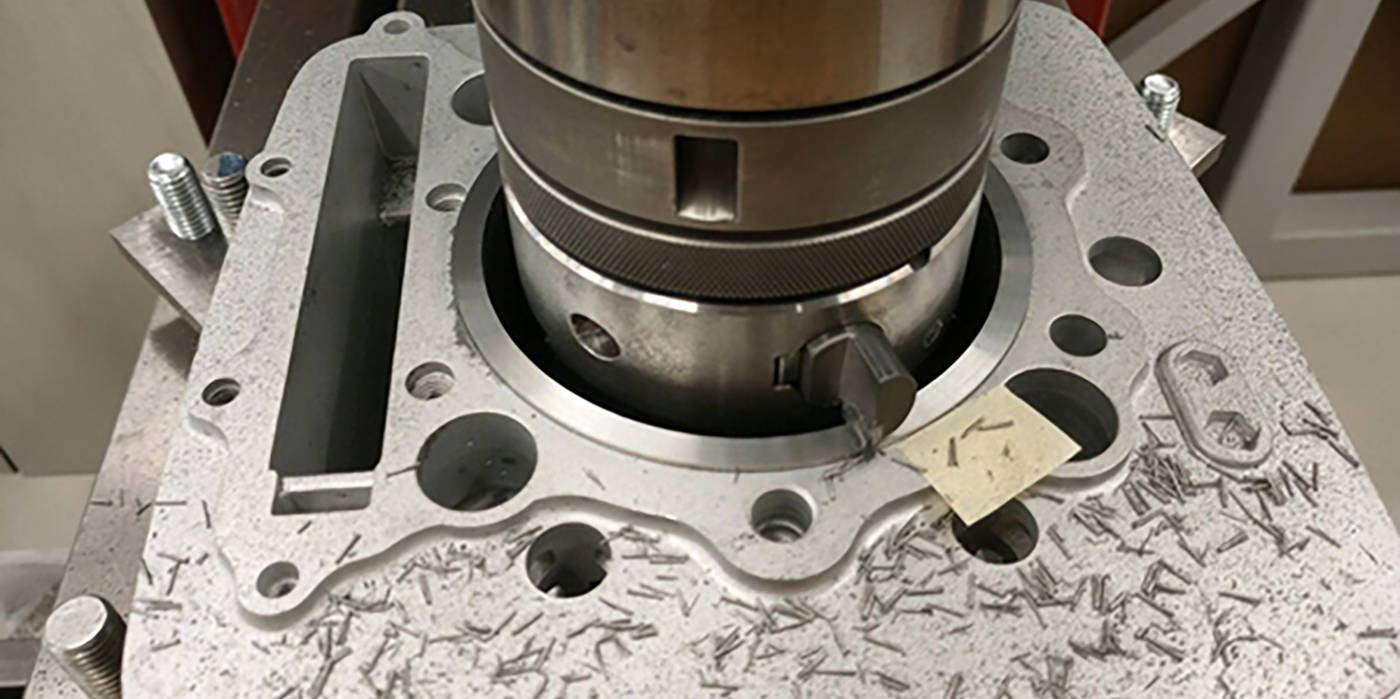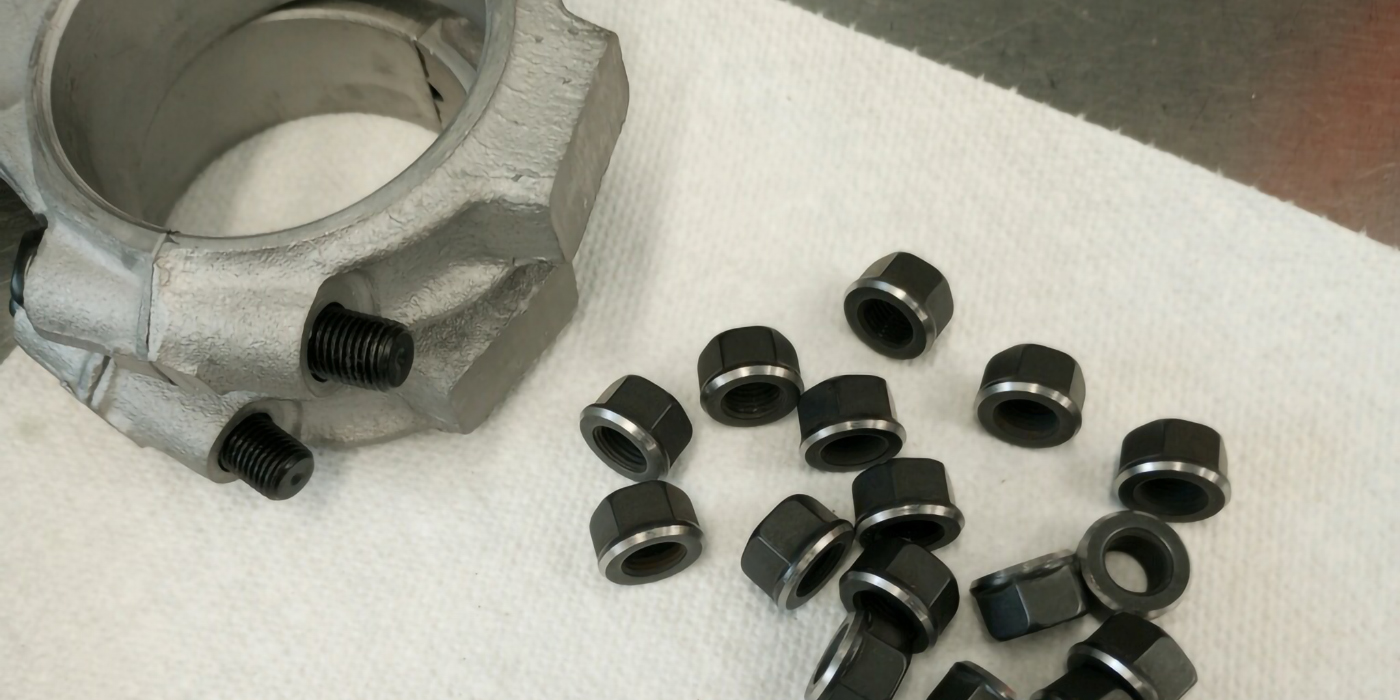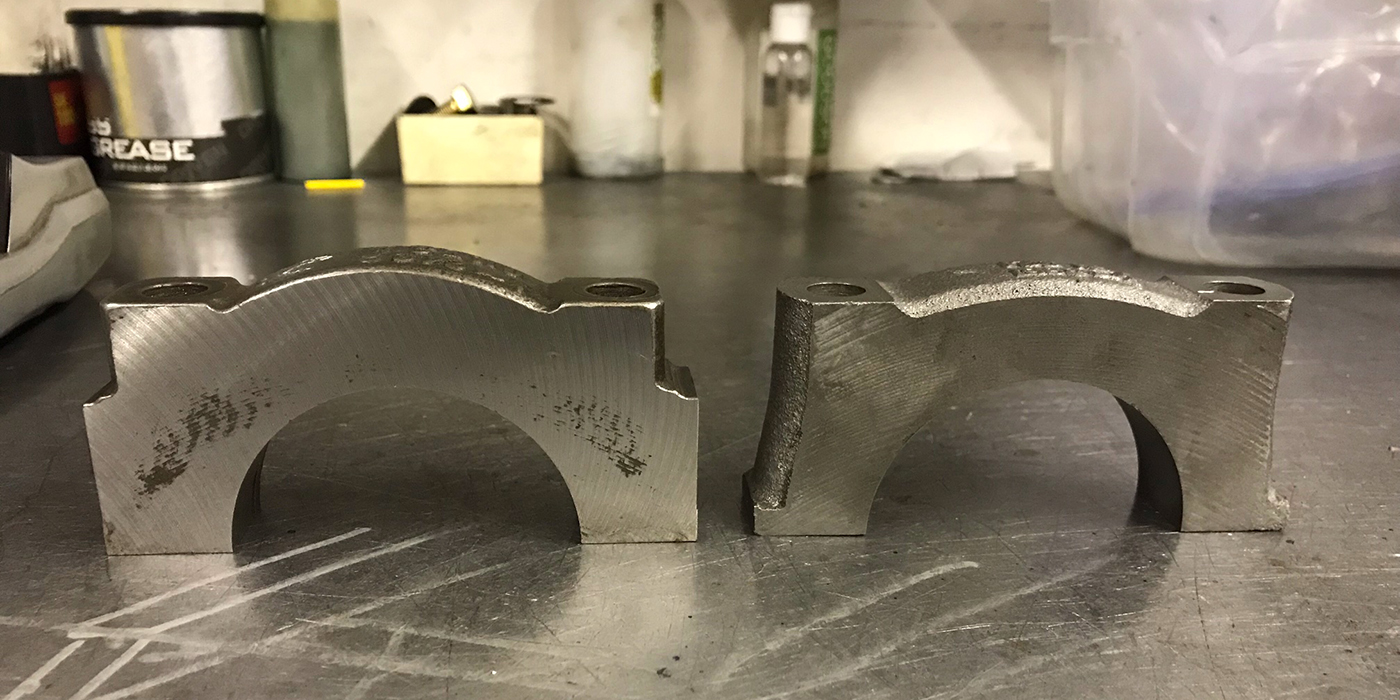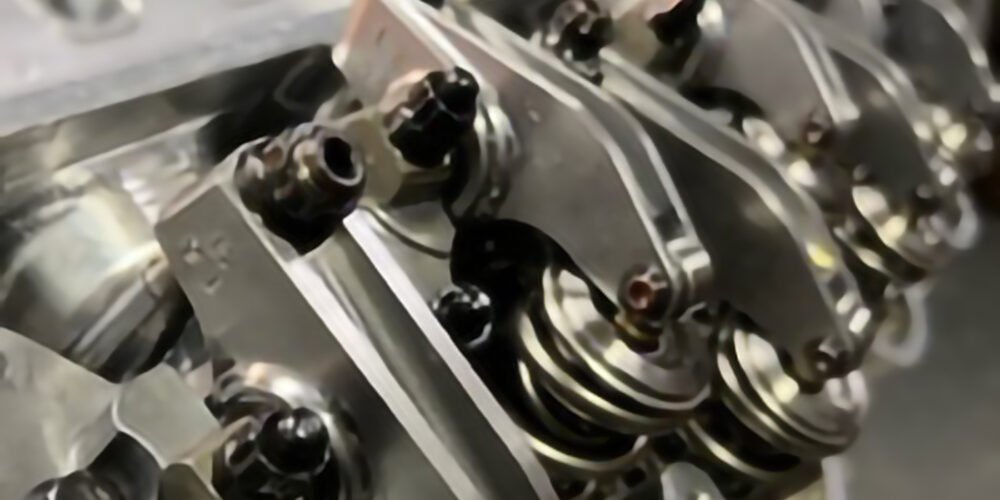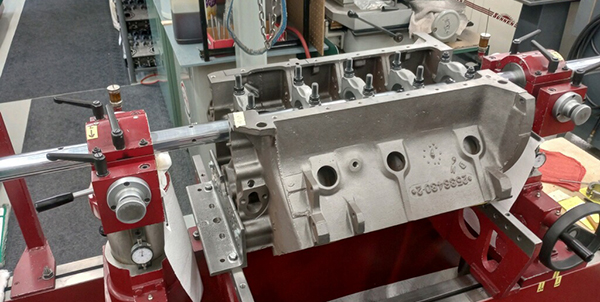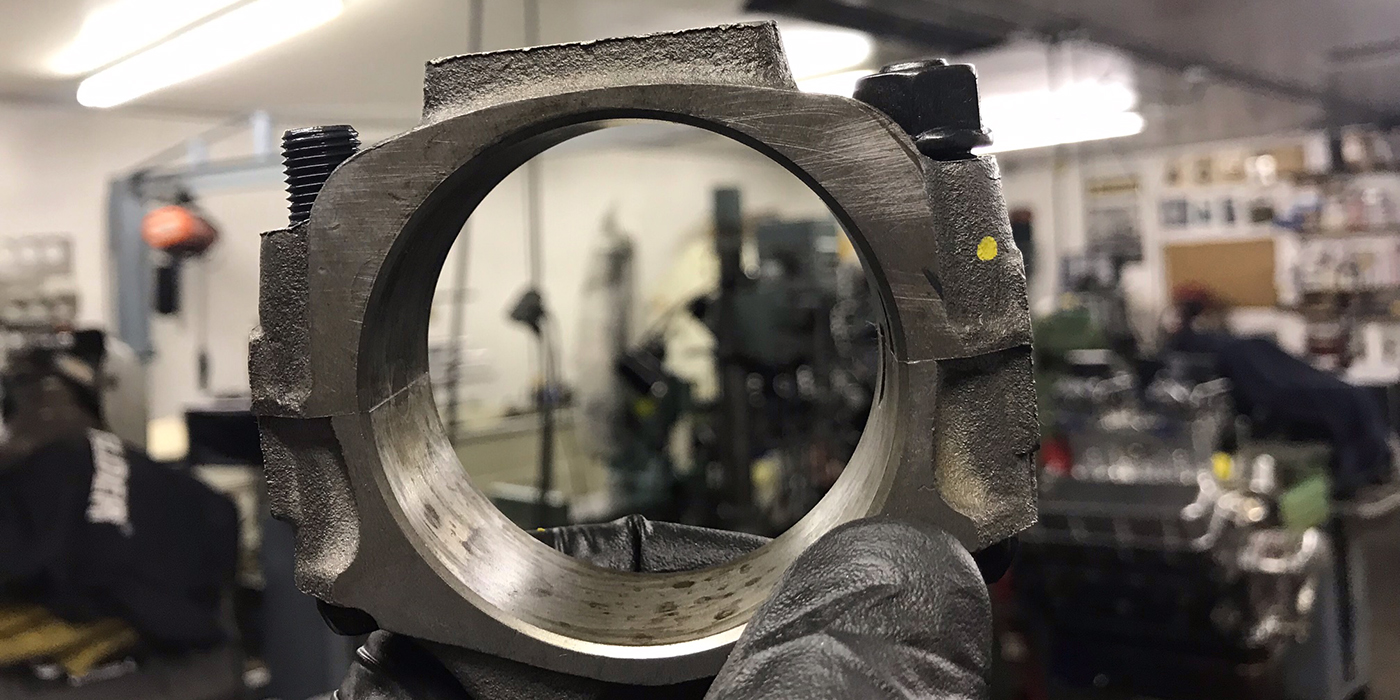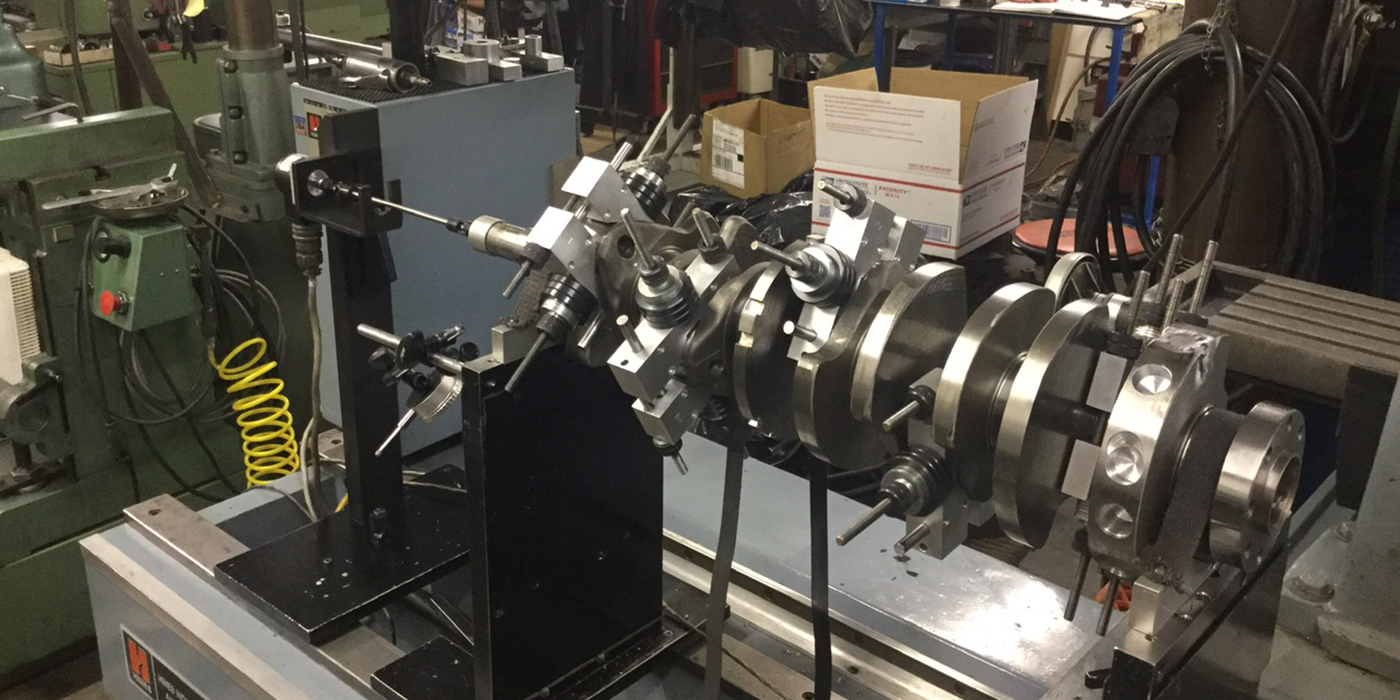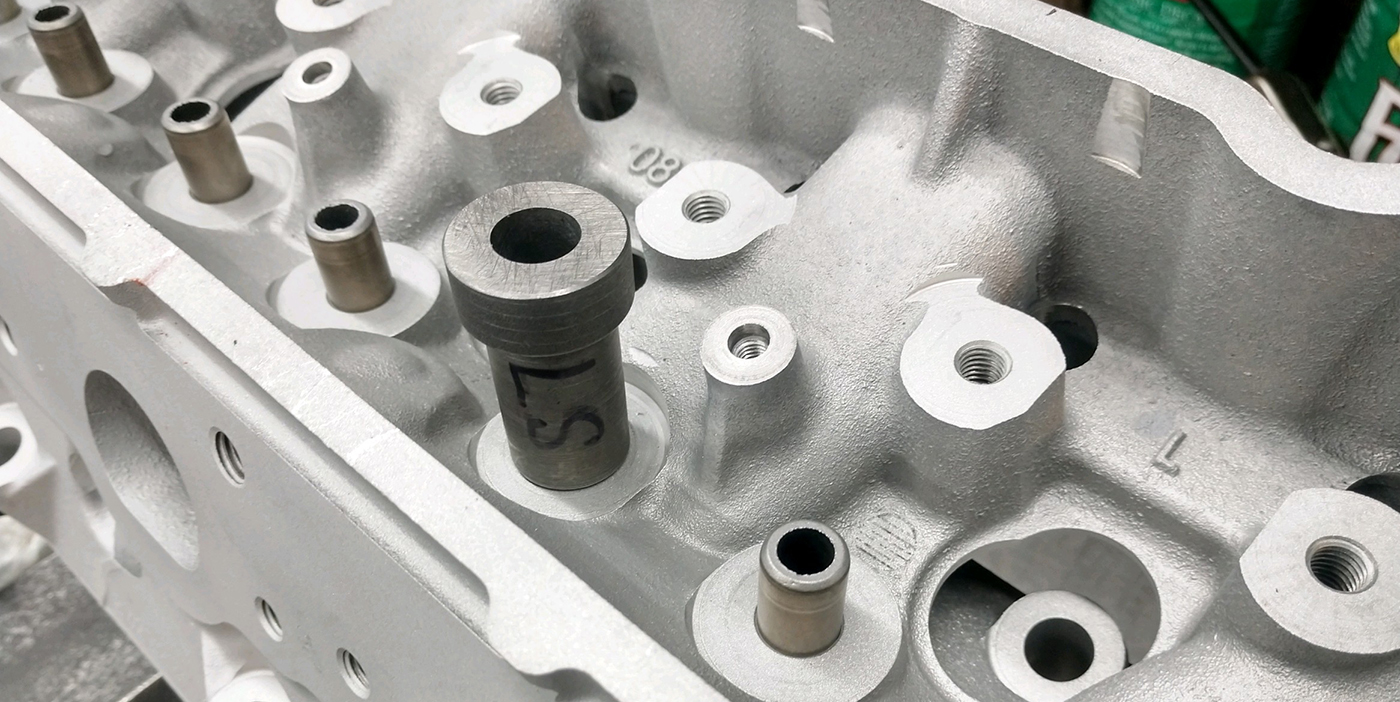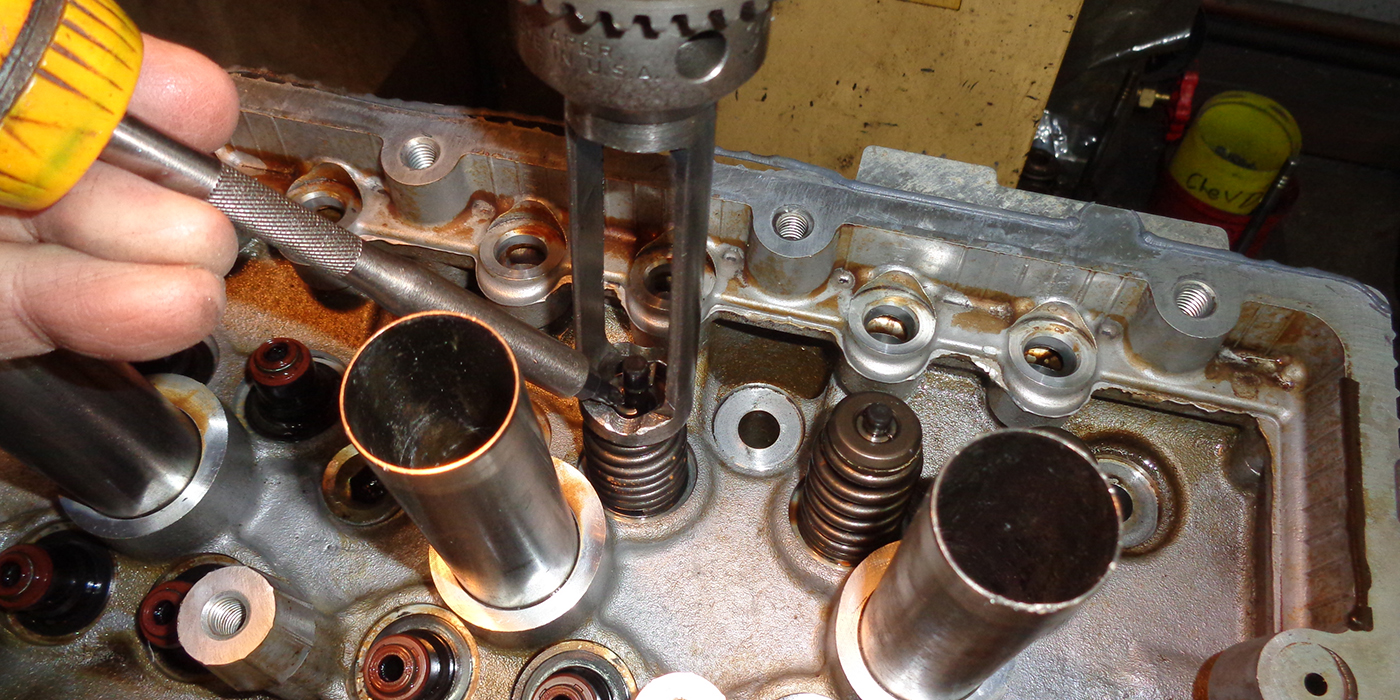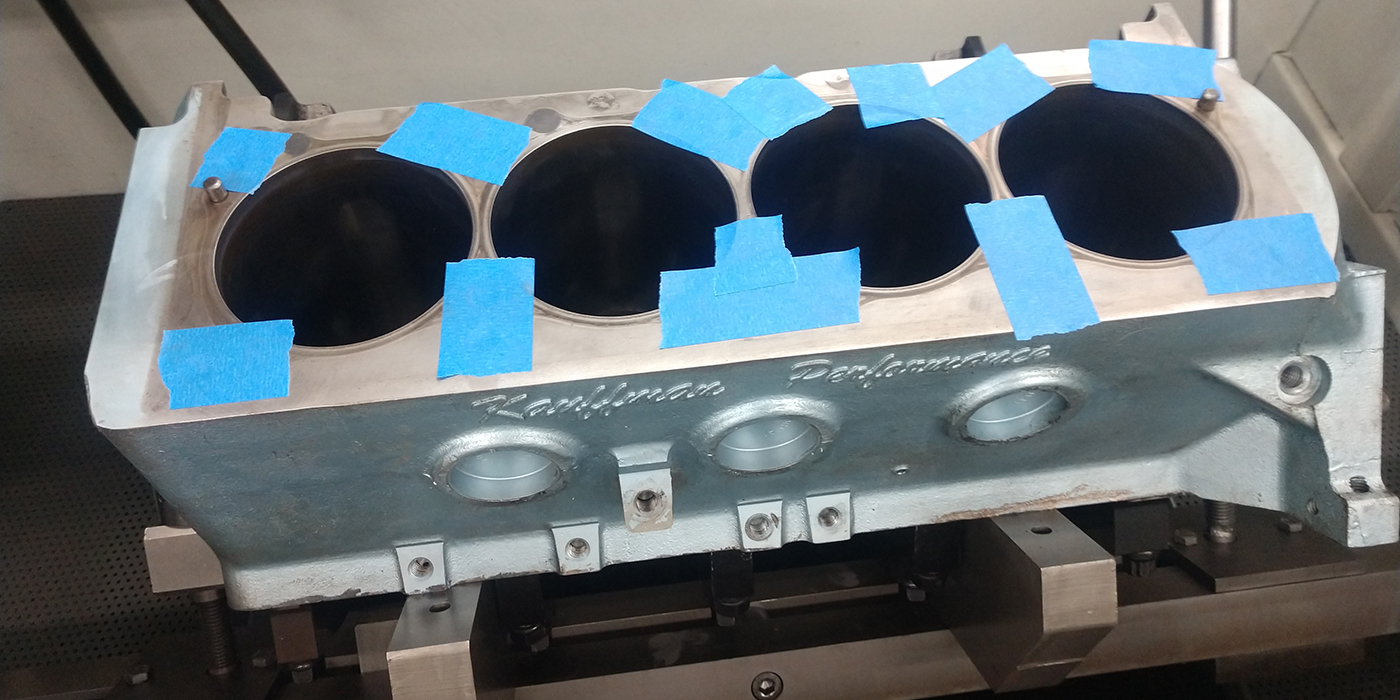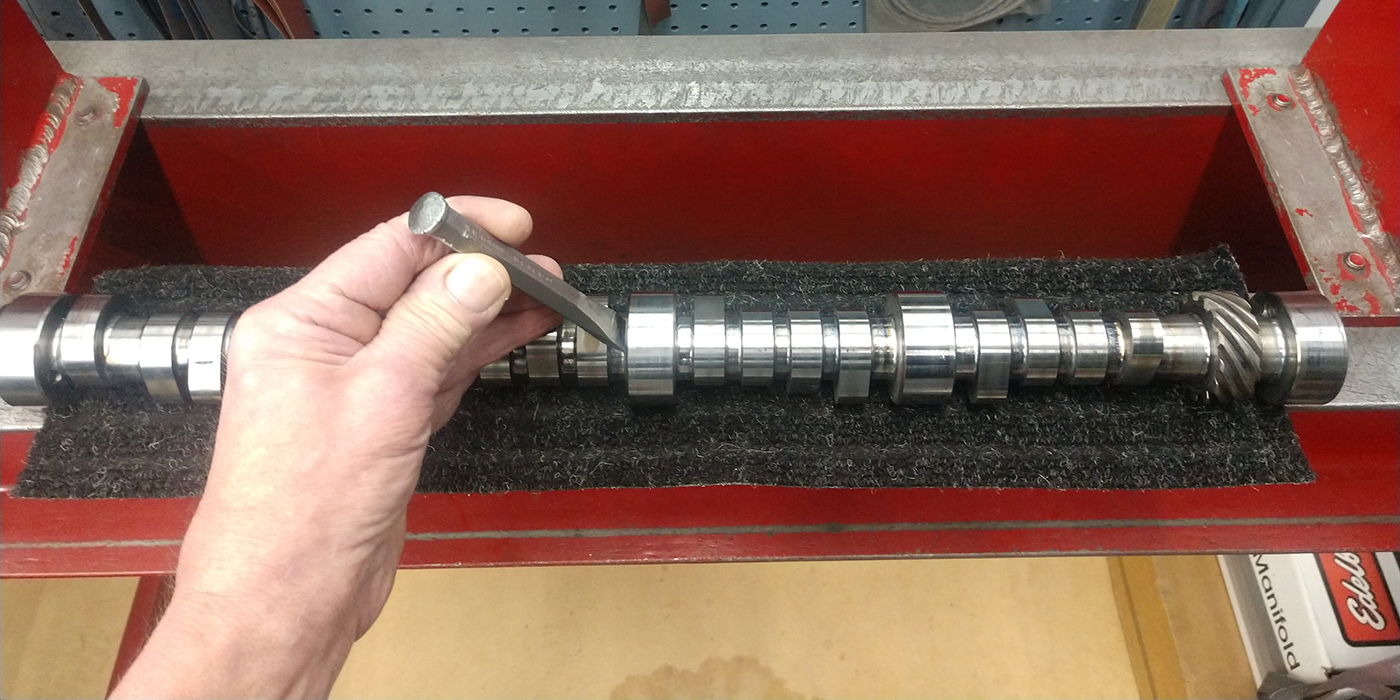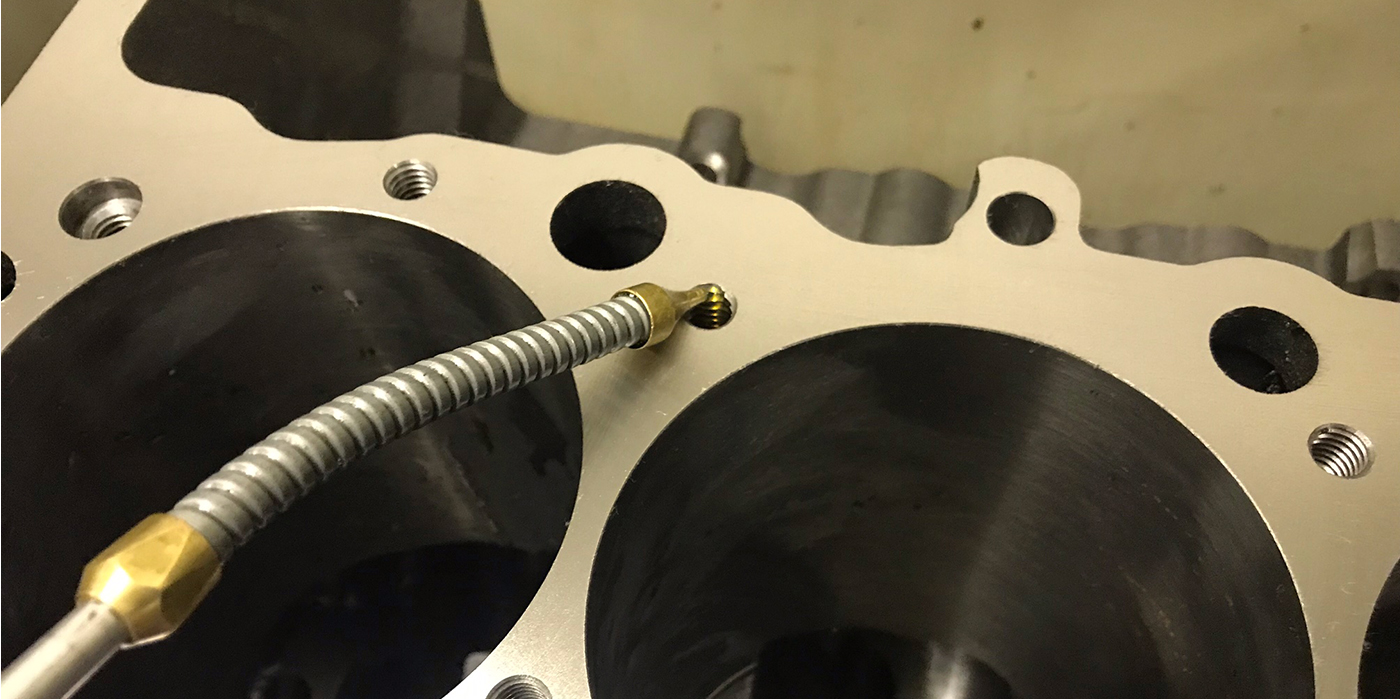 Employee Education Without ASE Machinists Certifications
Employee Education Without ASE Machinists Certifications
Back in January in this column we talked about dealing with bad employees. This month I would like to express how important it is to keep yourself and your employees up to speed with our industry. Keep in mind that ASE will no longer be offering its Machinist certifications after the fall 2010 testing period. AERA considered offering a testing program, but so far support for it is low.
Many times in our busy lives our businesses and employees are left to stagnate. If you and your employees are not continually educating and updating your knowledge your business will surely suffer in the long run. The industry changes parts and procedures on a monthly basis. With no more ASE Machinist certifications being offered, what can be done?
The good news: education today is still better and easier than ever – even if you are in a remote area there are many choices on the Web to choose from. Also keep in mind local colleges and your parts suppliers for specific seminars. Stay educated and you’ll stay in the game.
Bill Crum
Engine Pro
Technical Committee
Piston-to-Valve Clearance
Someday you could find yourself at the track, out in the field, or at home in your garage needing to check piston-to-valve clearance after a cam swap or cylinder head change and there is no clay available. No problem, go buy yourself a Tootsie Roll, and after it sits in your pocket for 20 minutes or so it should be soft enough to use.
John Allen
Advanced Engine Machine
Bakersfield, CA
In-Frame Kits, Flanged Sleeve Installation Problems
Many farmers and AG specialists regularly perform in-frame engine overhauls. Kits for for these kind of jobs are available and specially packaged. But if not done correctly many problems can result. It is very easy to crack the flange or collar on a cylinder sleeve if it is improperly installed.
This can be caused by something as simple as debris or rust left on the counter bore that may keep the sleeve from seating properly and level within the block. It may leave a high spot, and as the cylinder head is torqued it could crack the flange. This may also happen if there is an improper protrusion of the sleeve due to incorrect counter bore depth. Check the counter bore depth and the collar width.
Also a block that has overheated may warp causing an uneven deck surface. This may cause the clamping from the cylinder head to be uneven and might cause breakage as well. Most technicians do not have the proper tools to check these critical dimensions in the field.
Dave Sutton
Sterling Engine Parts
Minneapolis, MN
Welding Cast Iron
When attempting to weld a cracked and/or broken cast iron part there are several things to consider. First, a die penetrant test should be conducted to check the extent of the crack. Once the length of the crack is determined, I like to drill a small (1/8?) diameter hole at each end of the crack to prevent further propagation of the crack during the welding process.
Next, the crack must be fully “V” notched and ground smooth before welding can begin. I use a stick welder with a high nickel electrode, preferably with 85% nickel. This makes the weld softer and less likely to crack and easier to machine. When a high carbon electrode is used the high carbon content of the cast iron (usually 2-4%) is pulled into the weld pool and that along with the high carbon content of the electrode makes the weld become very hard and possibly crack unless precise pre-heat and post-heat treatment procedures are followed. This is not always practical in a small shop.
It is always a good idea to do a simple pre-heat (even when using high nickel electrodes) with an acetylene torch getting the iron to about 250°F -500° F. If repairing a deep crack or complete break, do it in several passes to prolong the cooling rate. A cast iron weld using this procedure can be easily machined or ground smooth.
Jim Kovach
Kovach & Assoc. Performance Engine Building
Parma, OH
Grumpy Jenkins’ Braided Line Cutting
Twenty years ago I was lucky enough to have Grumpy Jenkins show me a great way to cut steel braided lines. He used a sharp wide chisel. This works great and leaves no frayed ends. Just put the hose on an aluminum block, use your sharp chisel and hit it like you mean it!
Jeff Beseth
BeezerBuilt Inc.
Newton Square, PA
Wet Surfacer Tip
When surfacing cylinder heads or an engine block on a wet surfacer, it becomes hard to see through the coolant on the surfaces. I use a small squeegee to clean the surfaces for inspection. This cleans off the coolant well, and it also helps from cutting yourself on the sharp edges left behind from the wet surfacer.
Kevin Elam
Kevin’s Machine Shop
Liberty, MO
Engine Builder Shop Solutions is sponsored by Engine Pro,
a consortium of 14 engine parts specialist WDs operating 33 branch
locations serving engine builders/rebuilders across the U.S. Shop
Solutions published in each issue of Engine Builder Magazine are
awarded a $100 Visa Gift Card. Winners will be chosen by
the staff of Engine Builder Magazine and the Engine Pro Technical
Committee.
To submit a Shop Solution simply mail your entry
to Engine Builder Magazine, Shop Solutions, 3550 Embassy Parkway,
Akron, OH 44333; or email to Shop [email protected]. Shop
Solutions may also be emailed to [email protected].You must include
your name, shop name, shop address and shop telephone number. Submitted
Shop Solutions not published will be kept on file and reevaluated for
publication with each month’s new entries. If you include your email
address you will be emailed notification of publication if your Shop
Solution is chosen.


